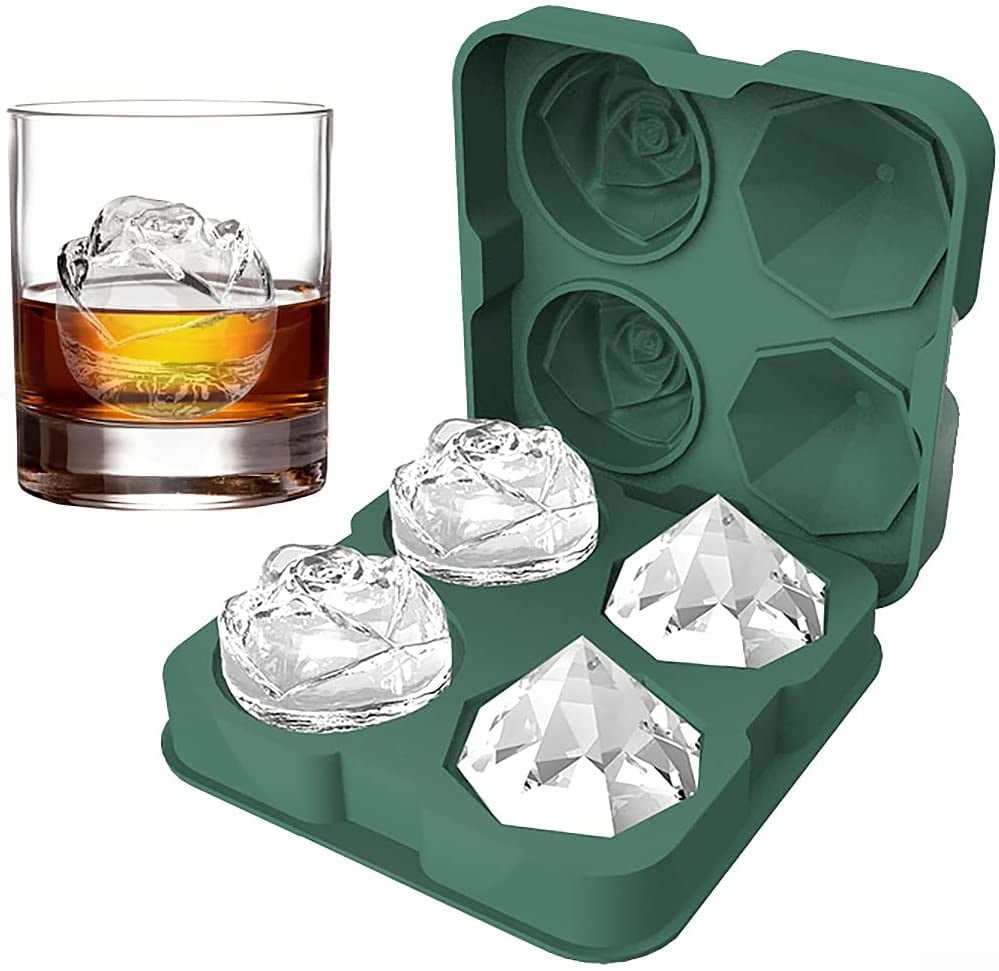

Whether that is happening in this instance or will happen in the future is uncertain, Smith said. The Cube's unusual square design and the amount of stress placed on the enclosure by the weight of the hardware could lead to fractures over time, a problem stemming from the materials used and the injection molding process. "You can see them, feel them, watch them grow." "These cracks that I am referring to are not mold lines-they are cracks," the person wrote. On the other hand, some of the lines can be felt with the hand, noted one message poster on Apple's support site. One thing supporting Apple's contention that the lines are more cosmetic than structural is the consistency with which they appear in the same places, mainly around the rivets and near the end of the DVD drive slot. The lines also have been reported in the Harmon Kardon speakers bundled with the G4 Cube and Apple's 22-inch flat-panel Cinema Display. Apple also has reported instances of similar lines on iBook.

"We work really hard to minimize them, but it's impossible to have none."Īpple's support Web site deals with the mold lines in a cursory manner, referring to them as "normal" and "not cracks."īut the mold lines that appear are not exclusive to the G4 Cube. "Because of this you can notice the mold lines more than on any other plastic part we know of made on this planet," Schiller said. Schiller insisted these seam, or mold, lines are typical for the process but are more noticeable because of the thickness of the plastic and Apple's decision to polish it to optical-grade clearness. That's a part of the injection molding process," Schiller said. "When the plastic flows around stuff and comes back together, the coming together of the plastic can form a visible seam line. The process Apple uses to make the Cube case is called injection molding, where molten plastic flows through a mold and fills in around openings for various parts, such as screws or the DVD drive. Polycarbonate is an outstanding material in general."

"In fact, your choices are quite limited if you want to have that crystal-clear look. "The materials they have chosen are probably the right ones," Smith said. Part of Apple's problem is the nature of the material it uses to make the G4 Cube's crystal-clear enclosure. And apparent cracks aren't style," said Gartner analyst Chris LeTocq. "In a stylish design like this, people are paying for style. The G4 Cube is one of the smallest fully functional computers available, measuring about 8 inches square and 10 inches high in an enclosure of clear plastic. "So to them, I'm sure it's a catastrophic event if they're having cosmetic problems." Of development for industrial designer Flextronics. Hats off to them," said Malcolm Smith, vice president

"Apple has done an outstanding job in making the investment in industrial design and cosmetics. While many callers are relieved to find their Cubes aren't defective, Apple is still embroiled in an embarrassing situation over a system sold as much on appearance as function.
Cube world crack mac mac#
Mac newsgroups have been rife with commentary on the issue, as have discussion threads on Apple's support Web site.Īnd Schiller acknowledged the lines "do show up as a top support-call driver. That may not mollify Cube buyers irked by flaws in the system's clear casing. "There is no information that we have that that's the case." "We are not aware of-and I don't believe there is any issue with-the longevity of the material and anything becoming or emerging as a weakness or crack over time," he said. Phil Schiller, Apple's vice president of worldwide product marketing, made the company's position clear. At issue is polycarbonate plastic-the same material used in some eyeglasses-and how it flows and cools when injected in a mold. Industrial designers also warn that only in real-world use will the company be able to tell for certain the nature of the lines. Some industrial designers agree this could be the case.īut Mac enthusiasts buying the Cube in part for its looks may be sorely disappointed by the hair-thin lines, which typically form around two rivets on top of the Cube, the DVD drive and the Apple logo on the system's front. The Cupertino, Calif.-based company insists the blemishes are not defects but lines formed through the normal course of manufacturing. But are the hair-thin lines the defects they appear to be? Apple Computer is fending off criticism its stylish Power Mac G4 Cube is marred by cracks.


 0 kommentar(er)
0 kommentar(er)
